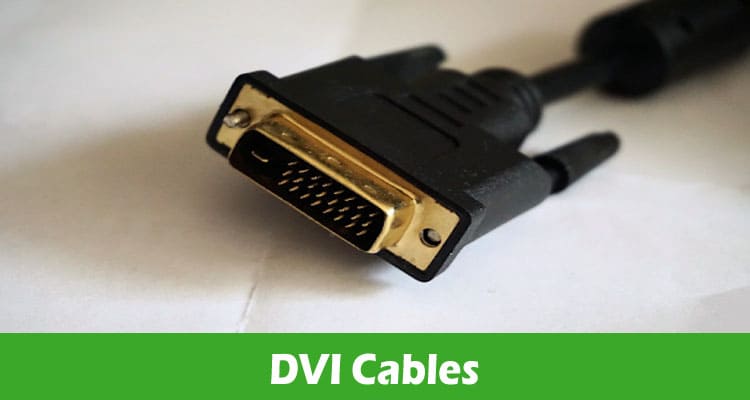In a world where technology is not only used for productive purposes but also for entertainment, such as gaming, cables have made their own place. After all, any electronic device is incomplete without it being attached to cables. These cables serve as reliable conduits for digital and analog video signals.
To maintain a digital ecosystem, you need cables, whether you need high-definition displays or need to connect computers to monitors. To know about these intricacies of DVI cables, in this article, we will explore their functionality, types and key features to understand what sets them apart when it comes to visual connectivity.
Understanding DVI Cables: Connecting Video Sources and Screens
DVI cables, short for Digital Visual Interface cables, are used to connect video sources and screens, sending either digital or analog video signals.In simple words, to have a visual display at a good speed, you need to use DVI cables by RS Group. These cables are commonly used in devices requiring visual display, such as computers, monitors, and projectors.
How Do DVI Cables Work?
DVI-equipped devices, such as computers, flat-panel displays, digital CRT displays, HDTVs, monitors, and projectors, need to connect with one another, which becomes possible with the help of DVI to DVI cable. This direct link ensures the smooth transmission of digital or analog video signals, translating into crisp and vibrant visuals.
Exploring Different Types of DVI Cables
DVI cables come in various types, and each carries out specific applications:
- DVI-A (Analog): These cables carry analog signals, which support VGA signals via adapters but do not transmit digital signals like HDMI.
- DVI-D (Digital): These are designed for digital signals and are not compatible with DVI-A equipment due to the inherent signal incompatibility.
- DVI-I (Integrated): It is a combination of both DVI-D and DVI-A DVI-I cables, carrying both digital and analog signals, providing versatility in connectivity.
Key Types and Features of DVI Cables
DVI cables come in various types with different pin setups and uses.
- DVI-A: Supports up to a 1920 x 1080 resolution and has 12 extra pins around a flat pin.
- DVI-D Single Link: Has 18 pins in two blocks and one flat pin.
- DVI-D Dual Link: Features 24 pins in three rows and one flat pin.
- DVI-I Single Link: Includes 18 pins in two blocks and a flat pin surrounded by four pins.
- DVI-I Dual Link: Contains 24 pins in three rows and a flat pin surrounded by four pins.
DVI-D and DVI-I cables also come in single and dual link versions, offering different performance and resolution options.
Gold Plated Cables
For an elevated HD experience, gold-plated DVI cables are the best, as they deliver top-notch quality with high-speed connectivity. These cables were engineered for premium quality video and audio while ensuring optimal performance. Thus making it an ideal pick for users who like to experience top-tier visuals.
Conclusion
DVI cables are a great medium for translating digital and analog signals into visual experiences. You can find these cables in diverse ranges, from different types such as pin arrangement to spectacular features such as gold plating and ferrite cores for an enhanced visual experience. So, if you want to unlock the world of vibrant and detailed imagery, DVI cables are the way to go, as they work well with professional applications as well as gaming applications.


